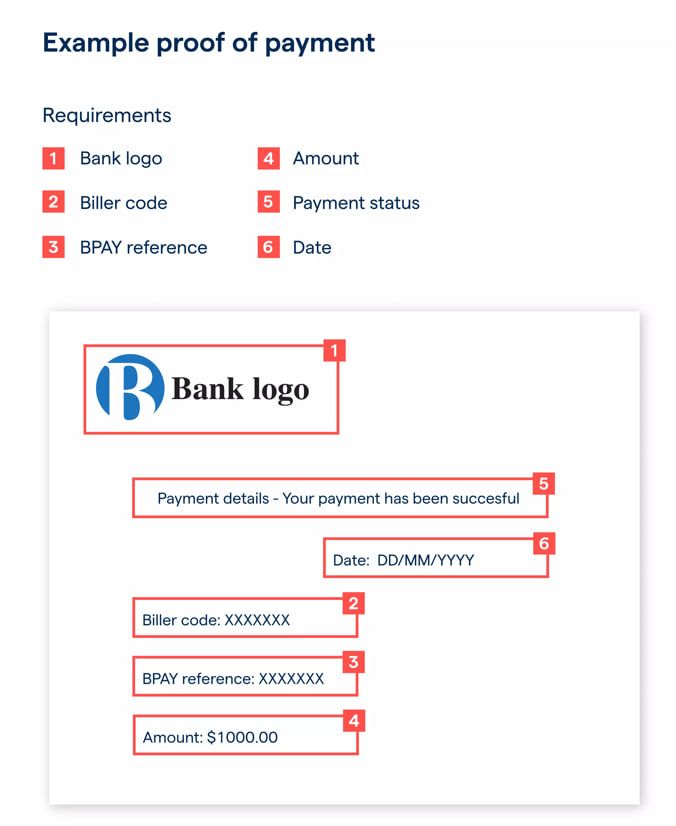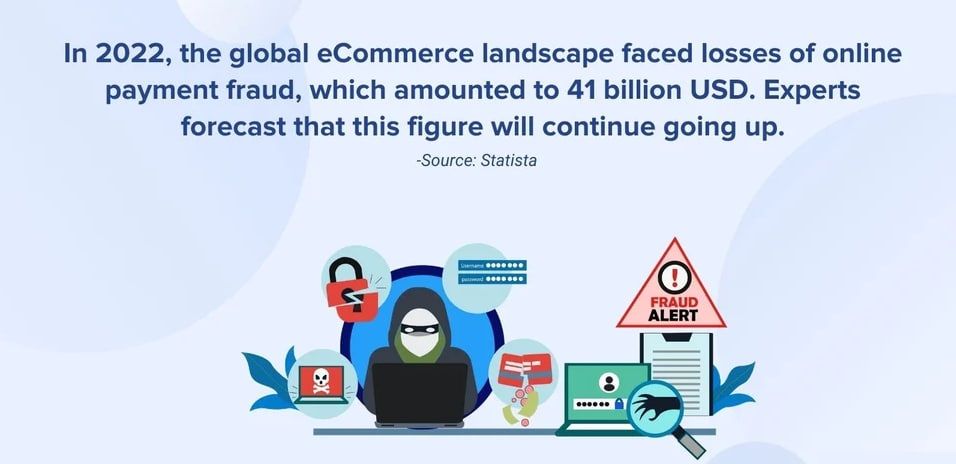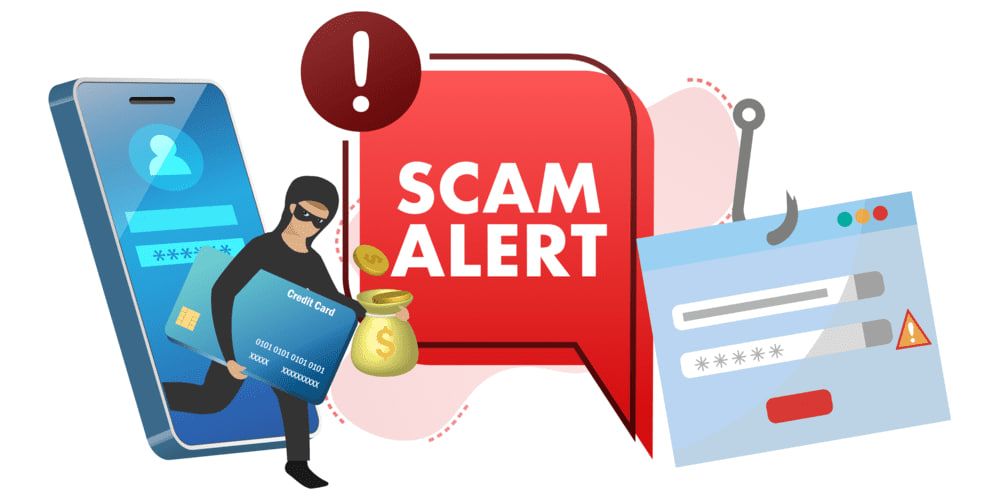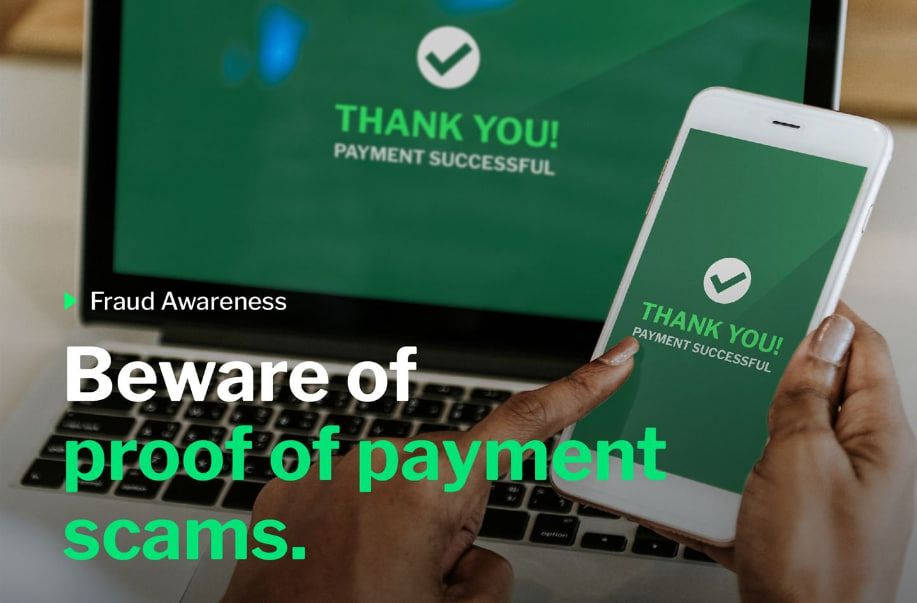Proof of payment scams have become a significant concern in the digital age. Scammers continually evolve their methods to deceive individuals and businesses, making it essential to detect the key warning signs and learn how to protect yourself.
This article will explore the types of proof of payment scams and effective strategies to avoid falling victim.
1. What is Proof of Payment?
Proof of payment is an official record that confirms a financial transaction has taken place between two parties. This document can take many forms, including receipts, bank statements, transaction confirmations, or email notifications from payment platforms like PayPal or crypto exchanges. It acts as evidence that funds have been transferred, usually serving as the final step in completing a deal or transaction.

When you engage in financial transactions, either online or in person, the seller or service provider typically requests a proof of payment before releasing goods or services. However, scammers have found ways to manipulate these documents, often creating fake payment confirmations to deceive their victims.
Understanding what constitutes a legitimate proof of payment and being cautious when handling them is critical to protecting yourself from fraud.
2. Common Types of Proof of Payment Scams
There are numerous ways in which scammers manipulate proof of payment documents to carry out fraud. Knowing the different types of proof of payment scams and their warning signs will help you recognize potential threats early on.

2.1. Fake Receipts or Transaction Confirmations
One of the most common types of proof of payment scams involves the use of fake receipts or transaction confirmations. In this scenario, a scammer creates a fake document that appears to confirm the completion of a payment. These falsified proofs of payment may look legitimate, often featuring the logos and design elements of trusted financial institutions or payment processors.
Warning signs:
- A delayed bank transfer that never arrives in your account.
- Inconsistencies in the payment details (e.g., incorrect transaction ID or amount).
- The document looks slightly different from legitimate ones (different fonts, logos, or watermark inconsistencies).
- Misspellings or grammatical errors.
2.2. Overpayment Scams
Overpayment scams often target businesses or individuals selling products or services online. In this scheme, the scammer “overpays” the seller using a fake proof of payment, then requests the excess amount to be refunded. After the refund is issued, the original payment is revealed to be fake, leaving the seller with a financial loss.
Warning signs:
- A buyer overpaying for a product or service and insisting on a refund of the excess.
- Pressure to send a refund quickly, before verifying the original payment.
- Suspicious behavior from the buyer, such as offering an elaborate excuse for the overpayment.
2.3. PayPal and Crypto Payment Scams
With the rise of digital payment platforms and cryptocurrencies, scammers have found new ways to trick individuals using fake payment notifications from platforms like PayPal, Venmo, or cryptocurrency wallets. Scammers may send forged payment confirmation emails or falsify blockchain transaction details to make it seem as though funds were transferred.
Warning signs:
- The email include non-working or incorrect payment platform links.
- The email redirects you to a phishing site.
- Being asked to confirm a transaction through an unfamiliar or suspicious link.
- Unverified blockchain transaction details that don’t match the real network data on Etherscan or Bscscan.
3. How to Avoid Proof of Payment Scams?
Avoiding proof of payment scams requires vigilance and a clear understanding of how financial transactions should be conducted. There are several steps you can take to protect yourself from falling victim to these fraudulent schemes.

3.1. Verify All Payment Confirmations
Before delivering any goods or services, always verify that the payment has been completed through an official channel. Check your bank account or payment platform directly to ensure that the funds have been transferred. If you receive a confirmation email, cross-reference the details with your own records.
Steps to take:
- Confirm the transaction ID with your bank or payment platform.
- Log in to your account independently (without clicking on links) to verify the payment status.
- Avoid accepting proof of payment that cannot be authenticated through official means.
3.2. Be Wary of Overpayment Situations
Overpayment scams rely on the urgency of getting a refund. If a buyer claims to have overpaid, take your time to verify the original payment. Do not issue any refunds until you’ve confirmed that the full payment has cleared and is available in your account.
Precautionary measures:
- Contact your bank to verify any large or unusual payments.
- Never refund an overpayment until you’ve confirmed that the original payment is valid.
- Be cautious when dealing with buyers who seem too eager to resolve overpayment issues.
3.3. Use Secure Payment Platforms
Digital payment gateways and cryptocurrency exchanges often come with secure transaction methods, but you should still be cautious of proof of payment scams. Only accept payments from trusted sources and verify all details before proceeding with a transaction.
Scammers often use phishing emails that look like official payment confirmations, so always check the sender’s email address and website links.
Steps to enhance security:
- Enable two-factor authentication (2FA) on your payment platforms.
- Only conduct transactions through reputable platforms with verified user accounts.
- Avoid sharing personal or financial information with unverified individuals.
3.4. Educate Yourself About Crypto Payments
As cryptocurrency becomes a more common payment method, it’s essential to understand the unique risks involved. Blockchain transactions are irreversible, meaning once the funds are sent, they cannot be recovered. Scammers may use falsified transaction IDs or create fake blockchain explorers to trick you into believing a payment has been made.
Crypto safety tips:
- Use trusted blockchain explorers to verify transaction details.
- Don’t accept crypto payments from unverifiable wallets or addresses.
- Always double-check transaction IDs and wallet addresses before confirming a transaction.
3.5. Beware of Red Flags
Always be on the lookout for red flags that may indicate proof of payment scams. Trust your instincts, and if something feels off, take the time to investigate further.
Common red flags:
| Red Flag | How it Works |
| Charge not recorded in your bank account | Always check with your bank to verify if a charge was made by mistake or if someone is fraudulently using your account. |
| Unofficial domain name | Be cautious of emails linking to unfamiliar domains or those that mimic the official service’s domain but with slight differences. |
| Suspicious content | Emails with spelling errors, poor grammar, or inconsistent formatting should raise concerns about authenticity. |
| Odd attachment file extensions | Scammers often send fake PDFs disguised as HTML files. Watch for files ending in .pdf.html, as they can be a red flag. |
| Attachment asking for your account password | If an attachment requests your account password to open, it’s likely an attempt to steal your login credentials. |
Conclusion
Proof of payment scams are on the rise. By understanding the common tactics used by scammers and staying vigilant, you can protect yourself from financial losses. Always verify payment details, be cautious of overpayment claims, and use secure payment methods to reduce your risk of falling victim to these scams.
Remember, staying informed and aware is the first line of defense against proof of payment scams. So keep following FMCPAY for more crypto insights and updates around the investing world.

